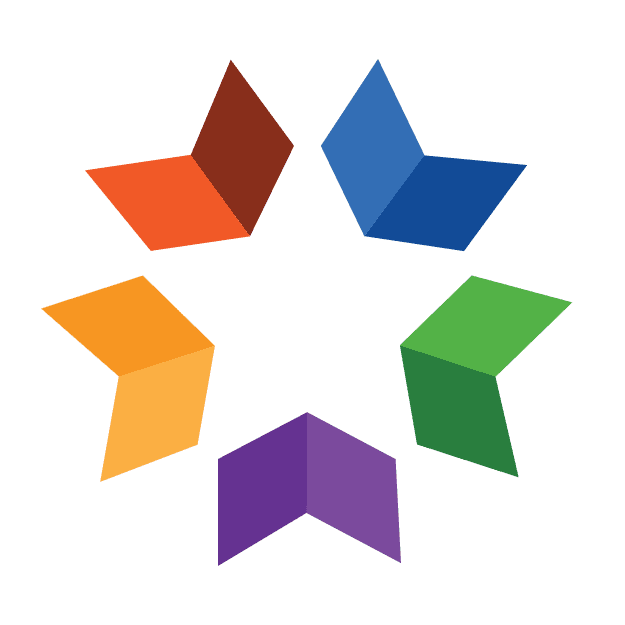Social and Emotional Learning- Part 1 of 5: Self-Management Strategies in the Classroom
CategoriesHappy 2019! Are you staying on track with your New Year’s resolutions? As I type, I have a large glass of water next to my mouse, and I am resisting the strong temptation of the remaining Christmas cookies and other holiday goodies in my pantry. After all, this blog post is about self-management, so I’m trying to practice what I preach.
As defined by the Collaborative for Academic, Social, and Emotional Learning (CASEL), social and emotional learning (SEL) is: the process through which children and adults acquire and effectively apply the knowledge, attitudes, and skills necessary to understand and manage emotions, set and achieve positive goals, feel and show empathy for others, establish and maintain positive relationships, and make responsible decisions.
Social and emotional learning (SEL) involves teaching five core competencies to students in grades K - 12:
- Self-Awareness
- Self-Management
- Social Awareness
- Relationship Skills
- Responsible Decision-Making
Oftentimes, SEL instruction begins with self-awareness. However, for the sake of New Year’s, when so many of us are working on developing new habits, I’m going to start with self-management.
CASEL defines self-management as: the ability to successfully regulate one’s emotions, thoughts, and behaviors in different situations – effectively managing stress, controlling impulses, and motivating oneself. The ability to set and work toward personal and academic goals.
Unsurprisingly, students who are armed with self-management skills such as impulse control, stress management, self-discipline, self-motivation, goal-setting, and organizational skills show immediate and long-term benefits including academic achievement and positive mental health. Although self-management skills do not come naturally for everyone, these skills can be taught.
Here are a few strategies you can embed into your teaching practices to encourage self-management among your students.
Take a break – Designate a specific place in your classroom for students to take a break and recharge when they start to feel frustrated, overwhelmed, or angry. Breaktime should be a positive time to breathe and regroup (not a punishment). Learn more about implementing positive breaks here
WOOP – This acronym is a goal-setting exercise that stands for:
- Wish – Students state challenging, yet achievable goals
- Outcome – Students visualize how they will feel once they accomplish their goals
- Obstacle(s) – Students identify possible barriers that could hinder success
- Plan – Students devise a specific plan of action to work toward their goals
Character Lab provides these free resources, including a facilitator guide and student activities to implement WOOP in your classroom. (Go ahead and try it for yourself first - I did!)
- Reflect and Record Progress – Have your students complete a simple reflection at the beginning and/or the end of class based on whatever behavior(s) you are trying to target. Perhaps several of your students show up to your class unprepared or tardy - have students self-monitor their behaviors by answering simple yes/no questions. For example:
- Was I on time for class?
- Was I prepared for class with all necessary materials (books, pen, completed homework)?
- Did I record the homework assignment in my calendar?
- Was I attentive in class?
Have students record their reflections over a set period of time and have them track their progress. Click here to learn more about the power behind reflection and how it can be used further to set goals and to hold students to high standards.
If you’re like me and need some additional inspiration to practice what you preach to your students, check out these resources:
- This article outlines three strategies for educators to practice with the promise of improved self-management that take only five minutes per day. The strategies include: mindful breathing exercises, focusing on your strengths, and believing in yourself.
- This TED talk by Google engineer, Matt Cutts, has inspired me to give up refined sugar and to use an electric toothbrush for 30 days. (I’m on day 5). Matt suggests trying something new - something you’ve always wanted to achieve – and if you want to go back to your old habits after 30 days, you can. Knowing that eating chocolate and switching back to my manual toothbrush at the end of the month are options makes me feel less deprived. My goal is to have established new, healthy habits (with an improved smile!) and I will no longer have the desire to go back to my old ways. Test your own self-management skills by giving the 30-day challenge a try!
Happy 2019, educators! Here’s to a new year filled with impulse control, stress management, self-discipline, self-motivation, goal-setting and achieving!
Interested in learning more about how self-management and the other SEL competencies can increase academic outcomes and promote positive mental health among students and educators? Registration for our new course Social and Emotional Learning: Promoting Positive Mental Health Across the Curriculum opens soon!
Have you read the rest of the series?
Social and Emotional Learning - Part 2 of 5: Self-Awareness Strategies in the Classroom
Social and Emotional Learning- Part 3 of 5: Social Awareness Strategies in the Classroom
Social & Emotional Learning- Part 5 of 5: Responsible Decision-Making
Additional Resources
Here are a few classes related to this topic:
 Social and Emotional Learning: Promoting Positive Mental Health Across the Curriculum
Social and Emotional Learning: Promoting Positive Mental Health Across the Curriculum
 Trauma, Stress, and Anxiety in Schools: Finding Hope and Building Resilience
Trauma, Stress, and Anxiety in Schools: Finding Hope and Building Resilience
 Refocusing Attention: Tackling Student Distractions by Gaining Their Attention
Refocusing Attention: Tackling Student Distractions by Gaining Their Attention